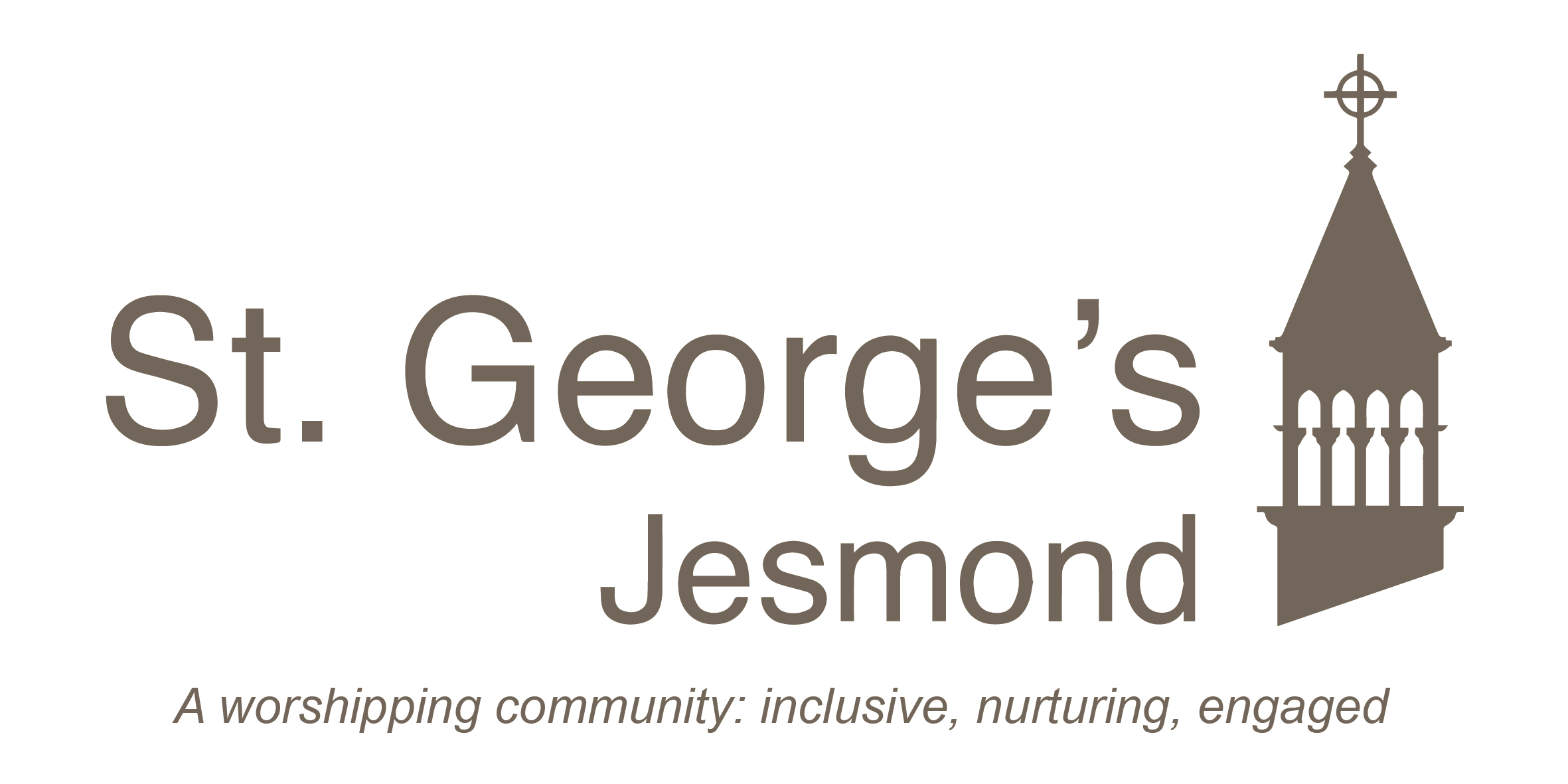(Also known as Palm Sunday)
Today is known as Palm Sunday because of what happened when Jesus entered Jerusalem on his way to celebrate the important Jewish festival of Passover. You can read more about Passover at: https://www.jw.org/en/bible-teachings/questions/what-is-passover/ Jesus was welcomed with great enthusiasm by crowds of people throwing down palm fronds in his path and calling out ‘Hosanna to the Son of David.’ He went to the Temple, healed the lame and overturned the tables of the money-changers saying that the House of God had become a ‘den of thieves. This was, of course, a real challenge to the authorities who made plans to arrest him. (Matthew 21: 8-16) The excitement amongst the ordinary people must have been electrifying!
After Palm Sunday we enter Holy Week, leading up to the great festival of Easter next Sunday. We remember the dramatic events of the Last Supper on Thursday and of the Crucifixion on Good Friday.
This Thursday is also known as Maundy Thursday. Jesus arranged to have supper with his closest followers, and during this meal, now known as the Last Supper, he washed the feet of his friends as a sign that they too should love and serve not only each other but also all people.
In the Middle Ages, the monarch used to wash the feet of beggars on Maundy Thursday. Later monarchs gave money to the poor in a tradition that still holds today with the Royal Maundy ceremony. (https://en.wikipedia.org/wiki/Royal_Maundy) The Old English word Maundy is related to the modern ‘mandate’ and ‘command’. At this meal, Jesus said: ‘I give you a new commandment, that you love one another. Just as I have loved you, you also should love one another’. (John 13:34). It was at this supper that Jesus took the bread and wine and gave passed it round, saying ‘This is my body’ and ‘This is my blood’. We re-enact this every time we partake of Holy Communion (also known as the Eucharist) at church. (See: http://www.bbc.co.uk/religion/religions/christianity/ritesrituals/eucharist_1.shtml)
After supper, they went to the Garden of Gethsemane to sing hymns in preparation for the Passover. Here Jesus was arrested and taken to the High Priest’s house for trial. At church we remember this stripping of ornament, including crosses and candles, ending in darkness.
The next day, Good Friday, he was tried and tortured by the religious and civil authorities under the High Priest and Pontius Pilate, the Roman Prefect. He was put to death by crucifixion. See: https://www.whyeaster.com/customs/goodfriday.shtml We believe that by dying, the Son of God, the supreme example of outpoured love, took upon himself the sins of all of us, making forgiveness possible for everyone who repents. This is why we call the day ‘Good’. At church we celebrate this in sombre mood with solemn ceremonies, finally leaving the church in silence. In many churches a plain wooden cross is erected and venerated. After his death, Christ’s body was buried in a nearby tomb by some of his followers.
Hot cross buns are traditionally eaten on Good Friday as a reminder.
A prayer of St Thomas More:
O my sweet saviour, who in your undeserved love towards us so kindly suffered the painful death of the cross, suffer me not to be cold or lukewarm in love towards you. Amen.
